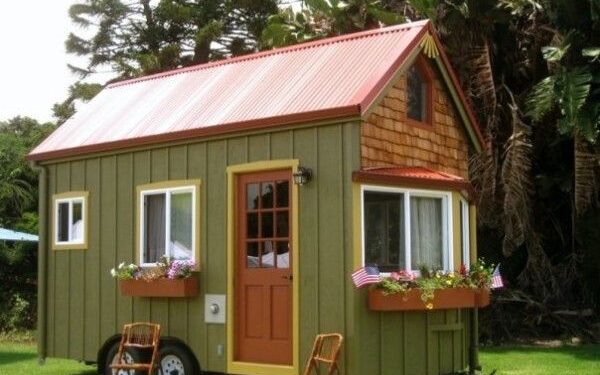Introduction to Tiny House Living
Tiny house living is more than just a housing trend—it’s a lifestyle choice rooted in simplicity, sustainability, and freedom. With more people seeking meaningful lives free from the burden of excess, tiny houses have become a powerful symbol of intentional living.
What Defines a Tiny House?
Typically ranging between 100 to 400 square feet, tiny houses are designed to maximize every inch of space. They can be built on wheels for mobility or on a foundation for permanence, offering flexibility to suit different lifestyles.
The Rise of the Tiny House Movement
The movement gained momentum in the early 2000s as people began questioning traditional housing norms. Rising real estate prices, financial instability, and environmental concerns pushed many toward downsized, efficient homes that promote freedom and sustainability.
Why People Are Choosing Tiny Living
Financial Freedom
Tiny homes cost a fraction of traditional houses, allowing owners to avoid long-term mortgages and high utility bills. It’s a lifestyle that prioritizes experiences over possessions.
Minimalism and Simplicity
Decluttering your physical space naturally declutters your mind. Living small encourages you to focus on what truly matters.
Environmental Benefits
Smaller homes consume less energy, use fewer resources, and often incorporate solar panels, composting toilets, and rainwater systems.
Designing Your Tiny Home
Smart Space Utilization
Every inch counts. Clever design solutions like loft beds, foldable tables, and built-in storage make small spaces feel larger and more functional.
Multi-functional Furniture
Think couches that double as storage units or staircases that hide drawers—every piece of furniture plays multiple roles.
Personal Aesthetic
Despite limited space, tiny homes can be cozy, stylish, and tailored to reflect your personality.
Tiny Houses on Wheels vs. Stationary Homes
Mobile tiny houses offer flexibility and adventure, while stationary ones provide stability and community. Your choice depends on lifestyle—whether you value travel or permanence.
Financial Benefits of Tiny House Living
Owning a tiny house significantly cuts costs—lower energy bills, reduced maintenance, and minimal property taxes. It’s a practical choice for anyone seeking financial independence.
Eco-Friendly and Sustainable Living
Tiny houses promote a greener way of life through energy-efficient appliances, renewable energy sources, and reduced waste output. Living small means living responsibly.
Challenges of Living Small
While rewarding, tiny living isn’t without hurdles. Space limitations require creative solutions, and legal restrictions in some areas can complicate things. Adapting to minimalism can also take time and patience.
Tiny House Communities
Across the world, tiny house communities are forming—offering shared resources, support systems, and a sense of belonging. These neighborhoods embrace sustainability and cooperation.
How to Downsize Your Life
Start by decluttering gradually. Keep essentials, donate extras, and prioritize quality over quantity. Transitioning to tiny living requires mindful choices and emotional readiness.
Cost of Building or Buying a Tiny House
Depending on design and materials, tiny homes can cost between $20,000 and $100,000, far below traditional housing prices. Many people choose DIY builds to save even more.
Tiny Living for Families and Couples
While it may seem challenging, many families thrive in tiny homes by focusing on outdoor activities, shared spaces, and simplified routines that strengthen bonds.
Future of the Tiny House Movement
As housing costs rise and sustainability becomes crucial, the tiny house movement will continue to expand. It represents a shift toward conscious, value-driven living.
Conclusion
Tiny house living isn’t just about less space—it’s about more freedom, peace, and purpose. It’s a chance to redefine what “home” truly means and embrace a simpler, more meaningful life.











































